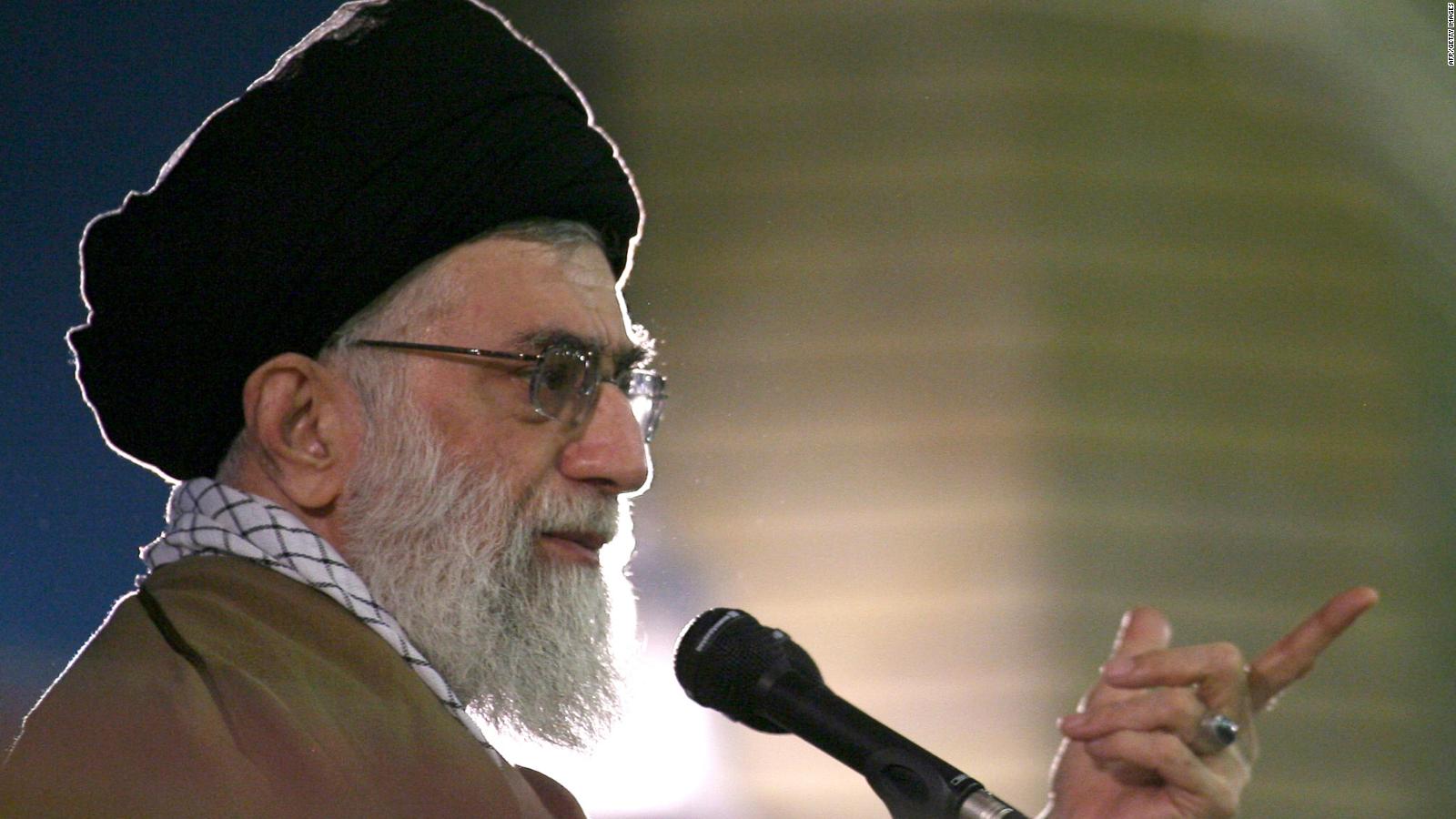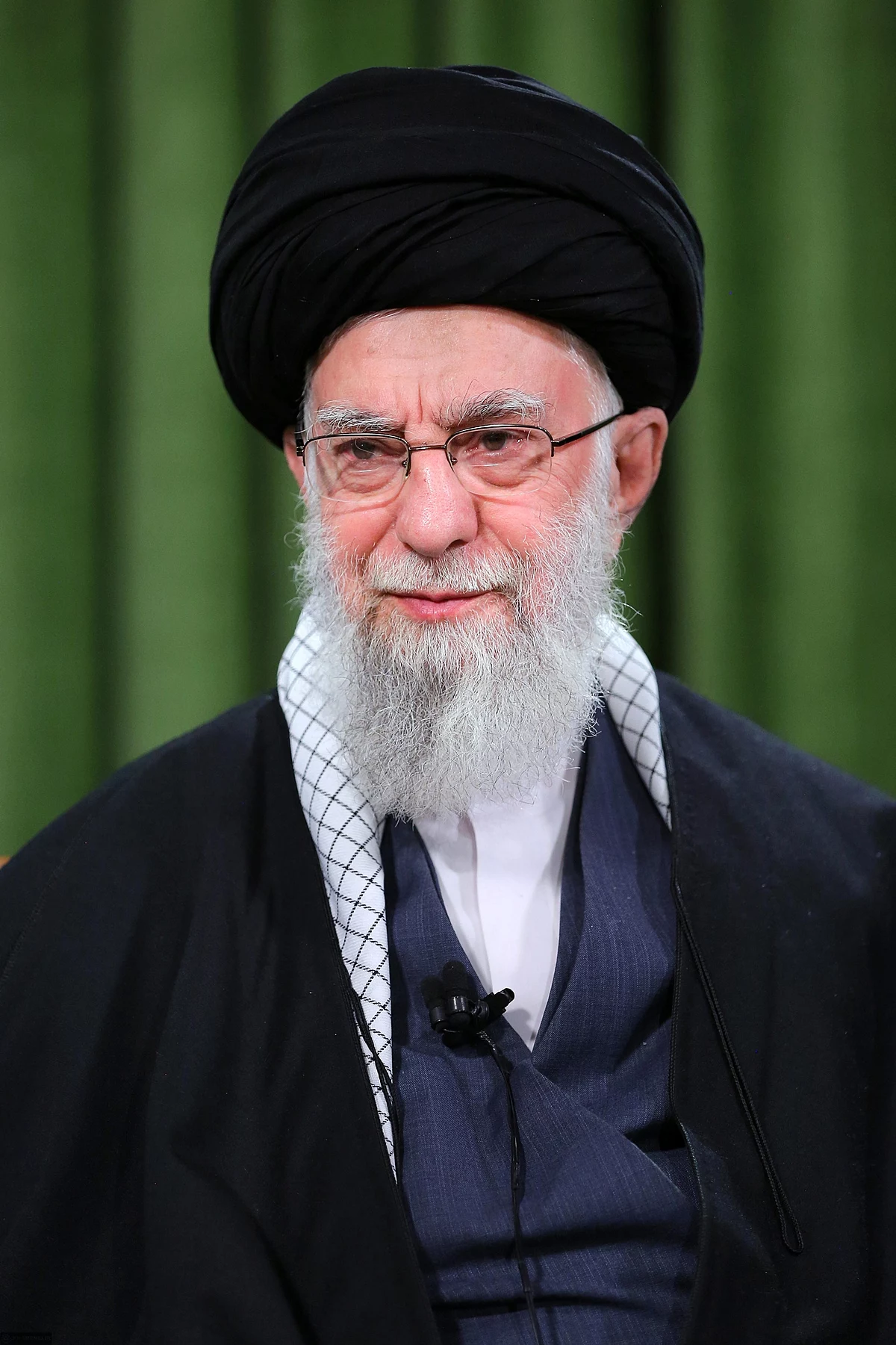Ayatollah Ali Khamenei: Iran's Enduring Supreme Leader
In the complex tapestry of Middle Eastern politics, few figures cast as long and as influential a shadow as Ayatollah Ali Khamenei. As Iran's Supreme Leader, he has been the ultimate authority in the Islamic Republic for over three decades, navigating a nation through profound domestic challenges, regional upheavals, and intense international scrutiny. Understanding his journey, his ideology, and the immense power he wields is crucial for anyone seeking to grasp the dynamics of modern Iran and its role on the global stage.
Born into humble beginnings, Ayatollah Ali Khamenei's ascent to the pinnacle of Iranian power is a testament to his strategic acumen, deep religious roots, and unwavering commitment to the principles of the 1979 Islamic Revolution. His tenure has been marked by a relentless consolidation of power, often through the crushing of internal dissent, yet he now faces what many consider his most significant challenges yet, both from within Iran and from external adversaries. This article delves into the life, leadership, and enduring impact of Ayatollah Ali Khamenei on Iran and beyond.
Table of Contents
- Who is Ayatollah Ali Khamenei? A Brief Biography
- Personal Data: Ayatollah Ali Khamenei
- From Revolution to Leadership: The Path to Power
- The Supreme Leader's Role: Rahbar of Iran
- A Repressive Rule and Internal Challenges
- Facing the Arch-Enemy: Israel and Regional Tensions
- International Relations and the White House
- The Future of Iran Under Ayatollah Ali Khamenei
Who is Ayatollah Ali Khamenei? A Brief Biography
Ayatollah Ali Khamenei, born in Mashhad, Iran, in 1939, is an Iranian cleric and politician whose life story is inextricably linked with the modern history of Iran. He entered the world as the second son of a local religious leader, Javad Khamenei, and grew up in relative poverty. This humble upbringing, however, did not deter his intellectual and spiritual pursuits. He learned to read the Qur'an early in life, laying the foundation for his future as a prominent religious scholar. As a young man, he participated in religious training in the Iranian holy city, immersing himself in the theological studies that would elevate him to a high institutional rank among the Twelver Shiʿah. This early dedication to religious scholarship, combined with his family's modest means, shaped his worldview and perhaps contributed to his later appeal among various segments of Iranian society. His journey from a poor background to becoming a cleric of high institutional rank is a significant aspect of his personal narrative, often highlighted by his supporters to underscore his resilience and piety. The honorific "Ayatollah" itself signifies his esteemed position within the religious hierarchy.
Personal Data: Ayatollah Ali Khamenei
| Full Name | Sayyid Ali Hosseini Khamenei |
| Born | 1939 |
| Current Age (as of recent data) | 85-86 years old |
| Place of Birth | Mashhad, Iran |
| Father's Name | Javad Khamenei (local religious leader) |
| Religious Rank | Ayatollah (cleric of high institutional rank among the Twelver Shiʿah) |
| Previous Role | President of Iran (1981-1989) |
| Current Role | Supreme Leader (Rahbar) of Iran (since 1989) |
| Predecessor | Ayatollah Ruhollah Khomeini |
From Revolution to Leadership: The Path to Power
Ayatollah Ali Khamenei's political career took off during a pivotal moment in Iranian history: the 1979 Islamic Revolution. He was an important figure in the Islamic Republic established by this revolution, playing a significant role in its foundational years. His involvement wasn't merely as a passive observer; he was a key negotiator, contributing actively to shaping the new political landscape. Following the revolution, he rose quickly through the clerical ranks, demonstrating not only religious erudition but also political acumen. His ascent culminated in his election as President of Iran, a position he held from 1981 to 1989. This period as president provided him with invaluable experience in governance and solidified his position within the nascent Islamic Republic. His close association with Ayatollah Ruhollah Khomeini, the founder of the Islamic Republic, further cemented his legitimacy and standing among the revolutionary elite. When Khomeini passed away in 1989, it was Ayatollah Ali Khamenei who was chosen to succeed him, taking on the mantle of Iran's Rahbar, or Supreme Leader, a role he has held ever since, making him Iran's political and religious figurehead for more than 40 years.
The Supreme Leader's Role: Rahbar of Iran
As Iran's Rahbar, or Supreme Leader, Ayatollah Ali Khamenei holds the ultimate authority in the Islamic Republic. This position is not merely ceremonial; it is the highest political and religious office in Iran, granting him sweeping powers over all branches of government, the military, and the judiciary. He is the country's political and religious figurehead, responsible for setting the overall direction of the nation's domestic and foreign policies. Since 1989, when he assumed this role, Khamenei has been the key figure in Iranian political life, a position he has maintained for more than 40 years if one considers his influential role even before becoming Supreme Leader. His pronouncements and directives shape every aspect of Iranian society, from economic policy to cultural norms, and from military strategy to international relations. The Supreme Leader's authority is derived from the concept of Velayat-e Faqih, or the Guardianship of the Islamic Jurist, which posits that a qualified Islamic jurist should govern the nation during the occultation of the Twelfth Imam. This theological underpinning grants Ayatollah Ali Khamenei a unique blend of spiritual and temporal power, making him the undisputed leader of the Islamic Republic. His official website serves as a primary source for his latest news, photos, and videos, showcasing his continued active role.
A Repressive Rule and Internal Challenges
Throughout his more than three decades in power, Ayatollah Ali Khamenei has consistently demonstrated a firm hand, consolidating power by repeatedly crushing internal threats. His rule has often been characterized by its repressive nature, with significant limitations on freedoms and a general atmosphere of political control. This approach has, predictably, led to widespread discontent among the Iranian populace, manifesting in various forms of protest and unrest. The government's perceived corruption, the failing institutions, and the lack of fundamental freedoms are recurrent grievances that fuel these demonstrations. The Supreme Leader's administration has faced numerous challenges from within, as segments of the population express their frustration with the status quo. These internal pressures represent a constant test of his authority and the stability of the Islamic Republic under his leadership. Despite these challenges, Ayatollah Ali Khamenei has, until recently, managed to maintain a tight grip on power, often through forceful means, ensuring his position as the supreme leader of Iran.

Ayatollah Ali Khamenei Su 2024 Dates - Tova Ainsley

Ayatollah Ali Khamenei Supreme 2024 Conference - Judie Marthe

Ayatollah Ali Khamenei Supreme Le 2024 Tickets - Codie Devonne